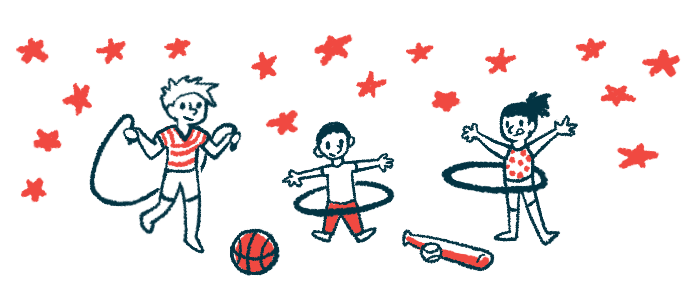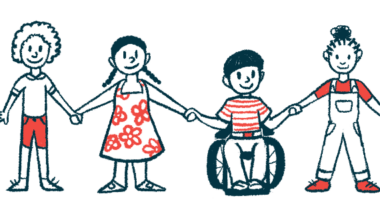Children with PH say they can stay active if exercise is made fun, social
Barriers to exercise include fear, anxiety, self-consciousness, lack of interest

Children with pulmonary hypertension (PH), characterized by high blood pressure in the lungs that can make exercising difficult, are more likely to be active if physical activity is fun, allows them to be with friends, and puts them in a safe place where they feel included, a study has found.
Barriers to physical activity include fear, anxiety, self-consciousness, and lack of interest. Children are less motivated by health benefits and more by external rewards, like video game time or money. Programs that consider these motivations may help them stay active, findings suggest.
The interview-based study, “Barriers to and facilitators of physical activity in pediatric pulmonary hypertension,” was published in the journal Pulmonary Circulation by a team of researchers from the University of Pennsylvania and the Children’s Hospital of Philadelphia.
Children with PH don’t usually engage in physical activity, even though supervised exercise programs have been recommended for adult patients to reduce blood pressure in the pulmonary arteries and improve quality of life.
In PH, reduced blood flow through the pulmonary arteries can overtax the heart and cause symptoms such as shortness of breath. “While physical limitations may prevent children with PH from participating in physical activity,” other reasons for not exercising as much are not well-known, the team noted.
30 children interviewed about their independence, confidence, belief in ability
To understand what children with PH think about physical activity, the researchers interviewed 30 patients (17 girls, 13 boys) with mild to moderate PH, median age 14, along with their caregivers, about their independence, confidence, and belief in their ability to be active.
Children were more likely to be active if they enjoyed the type of physical activity. One child said their ideal exercise program would include “rock climbing,” while another caregiver mentioned biking, “but not necessarily [a] stationary bike.” Another child said, “If I find it interesting, I’ll do it on my own time.”
Caregivers noted children were more likely to stick with physical activity they already knew and were comfortable with. One caregiver mentioned how their child avoided sports because they realized “he’s not like those other kids.”
Yet, caregivers saw value in blending familiar types of physical activity with new ones to build confidence. “We’re going to do something like strength training or we’re going to do something like yoga or we’re going to do something like boxing,” said one caregiver, seeking to push their child out of their comfort zone and be spontaneous.
Many children enjoyed physical activity more when it involved friends or peers, that is, social engagement encouraged them to be more active. The “social part [of exercising] is huge,” one caregiver said. Another caregiver said their child was more likely to participate when “there’s a little healthy peer pressure.”
Seeing children safely push their limits brought joy to their caregivers
Seeing their child safely push their limits brought joy to caregivers. One caregiver felt “a tremendous amount of … gratitude” when seeing their child exercise beyond expectations.
Others shared similar feelings when their children tried their best: “It makes me feel good as a mom… he is pushing to his limits.”
Self-motivation for physical activity was less about health for many children and more about external rewards. One child was motivated by seeing progress, such as “building up a little more stamina.” However, others were driven by rewards like “play video games” or “money or computer time.”
Both children and caregivers valued environments where they didn’t feel singled out because of PH. They wanted to blend in while still receiving medical attention when needed. Adults should allow “[a] child to stop exercising when they said they needed to stop,” the researchers wrote.
Most children said their caregivers or doctors did not stop them from being active. More often, children avoided physical activity due to fear, anxiety, or a lack of interest. For example, one child described feeling scared when short of breath: “I got super out of breath… it [felt] like something was gonna happen.”
Not all children were interested in physical activity, which acted as a barrier. Feeling self-conscious also limited physical activity. One child said, “If somebody is watching me, maybe it makes me a little uncomfortable.”
Most patients were positive about a regular exercise program, but preferences varied. Some preferred scheduled routines, while others wanted flexibility. For example, one child liked exercise when “I’m feeling it.”
For the researchers, “integrating these rich qualitative data on barriers to and facilitators of activity in pediatric PH are critical to informing future exercise interventions,” which they wrote should “focus on patients’ interests, cultivate confidence, respect limitations, and acknowledge the need for extrinsic incentivization.”









